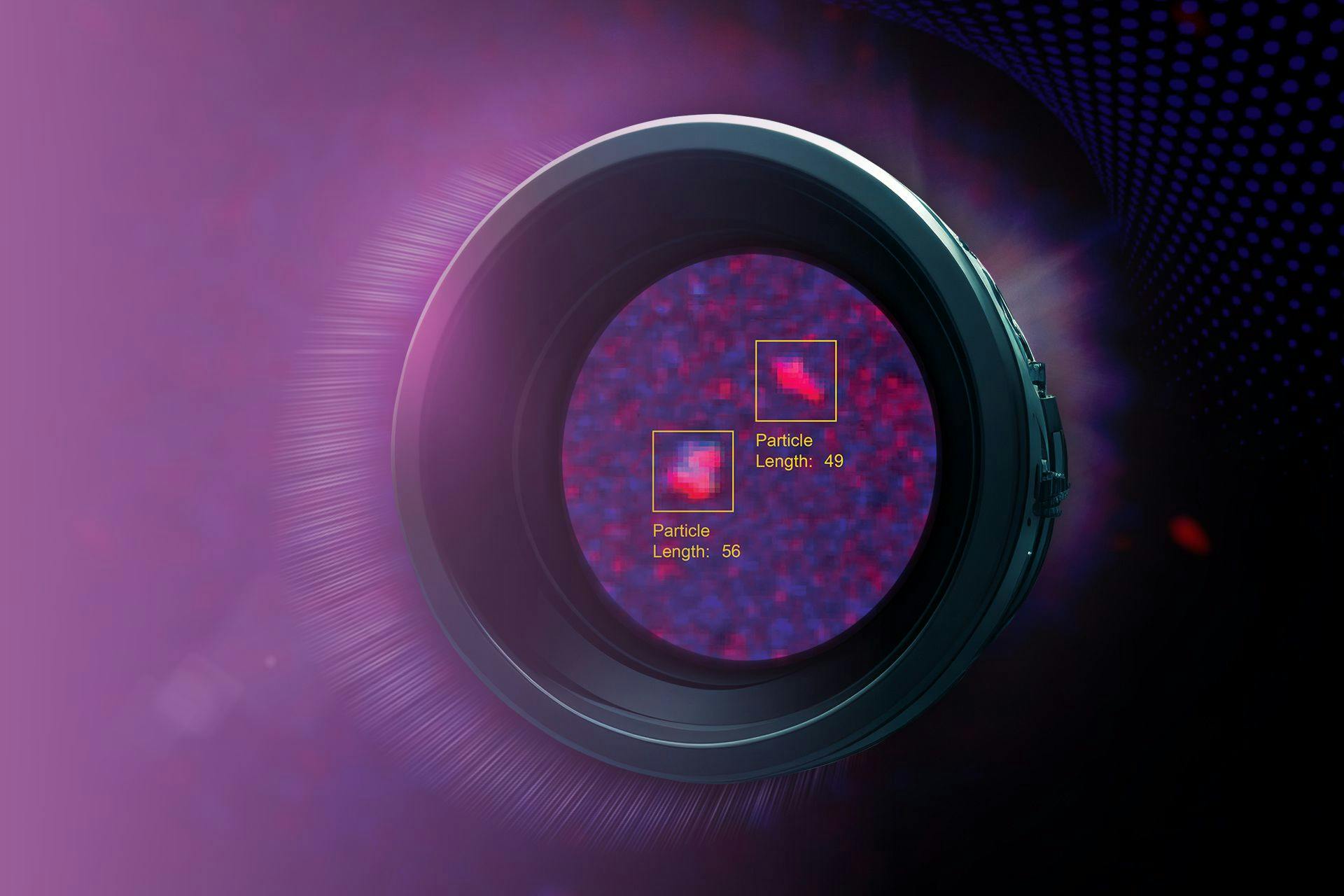Automotive Particle detection: Ensuring the technical cleanliness of battery modules
VITRONIC is testing a new inline inspection method that can detect particle contamination in the assembly of battery modules. Such contaminants can impair battery performance; they are also suspected of causing fires. With the inspection method, OEMs and suppliers ensure the Technical Cleanliness (TecSa) of the assemblies and increase product quality and safety. The inspection system could be used in the planned European Gigafactorys.
Technical Cleanliness as a requirement for electronic assemblies
As a result of recent political and business initiatives, European production of electric vehicles and batteries is increasing rapidly; dozens of manufacturing plants are planned or already under construction. In this context, Europeans follow their usual high quality and safety standards. Although Chinese manufacturers, for example, are often still pioneers in terms of technology, they apply much lower standards when it comes to quality assurance. Therefore, solutions for this cannot be adopted, but must be newly developed.
An important standard in battery cell assembly is the so-called Technical Cleanliness, abbreviated TecSa. The guideline of the ZVEI (German association of the electrical and digital industry) defines Technical Cleanliness as follows: no particles - metallic, non-metallic, fibers, etc. - may be present on components that could impair or prevent the function of the components or assemblies or the further manufacturing process.
The industry association TecSa has published two sets of rules for this purpose: VDA 19.1 (Testing of Technical Cleanliness - Particle contamination of functionally relevant automotive parts) and VDA 19.2 (Technical Cleanliness in assembly). The ISO 16232:2018 standard (Road vehicles - Cleanliness of components and systems) is the international equivalent.
Particle detection necessary before and after battery cell assembly
Since battery modules are not produced in a defined cleanroom environment, they can be contaminated with particles. These arise directly in the manufacturing process, for example through abrasion. They can also originate from the environment or from previous steps in the supply chain.
Dirt particles on battery modules can, among other things, penetrate the separator foil between two mounted battery cells. Current then flows between the cell housings, creating a short circuit. The current flow heats the cell. The heat can reduce the performance of the individual cells, destroy the cells or, in the worst case, ignite them.
Even if it is difficult to prove: Manufacturers assume that some fires of e-vehicles are due to particle contamination. The more batteries and vehicles are produced, the greater the likelihood of such incidents - and the pressure to develop solutions to minimize the risk.
Since, as mentioned, impurities cannot be prevented, reliable inspection methods are needed to detect them retrospectively. Ideally, testing is carried out at two process steps: during the manufacture of the battery cells (usually at the supplier) and during module assembly (usually at the vehicle manufacturer).
New inline system detects smallest particles
VITRONIC has developed a new inspection system for precisely this purpose: it allows battery cells and modules to be inspected for particle contamination directly in the assembly line. A first system is already in use and is being tested.
The camera sensors used can detect smallest particles to ensure process reliability. The definition of the permissible particle size always considers required parameters such as accuracy, speed, and cost. The components are inspected directly in the line at two stations: first the sides of the individual battery cells and later the bottom of the entire assembled module. This reliably detects residual particles and ensures Technical Cleanliness in accordance with the industry standard.
With this inspection system, VITRONIC is expanding its portfolio of quality assurance solutions for e-vehicle production. The specialist for industrial image processing already offers further inspection systems for battery housings and cells.
About VITRONIC
VITRONIC is the world's leading innovation driver for machine vision, enabling its customers to master the challenges of tomorrow.
The global group of companies develops forward-looking solutions in the form of specialized products and software for image-based quality inspection, identification and process optimization, which find application in the growth sectors of automation and traffic engineering.
VITRONIC solutions make an important contribution to helping shape a safe and sustainable world. The existing limits of what is economically feasible are constantly being questioned in order to achieve the highest quality and productivity, for example in the production of automotive and pharmaceutical companies. Worldwide, Auto-ID solutions in logistics centers and at cargo airports, take over the reliable and efficient recording of shipments and thus ensure a transparent flow of goods.
In the transport sector, VITRONIC offers leading technology for increased safety on the roads, for optimizing traffic flow and for recording road usage.
Open and honest dealings with our customers form the foundation for jointly exploiting technological and process potential to the full. Joint success forms the basis of long-term cooperation with companies such as B. Braun, BMW, Daimler, DHL, UPS, Fresenius and Sanofi as well as with public clients.
Since its foundation in 1984, VITRONIC has been growing continuously for 40 years. The current annual turnover (2023) is above 240 million EUR and the company is currently represented on five continents in over 80 countries with approximately 1,400 employees. Since 2024 the company is part of ITIS Holding, leveraging the strengths of both entities, creating a strong end-to-end ITS and automation provider.
Development and production of VITRONIC systems are located at the company headquarters in Wiesbaden. VITRONIC subsidiaries span across all continents, including North and South America, Europe, Asia, Africa, and Oceania. Additionally, a global network of sales and service partners ensures localized support for international customers.
